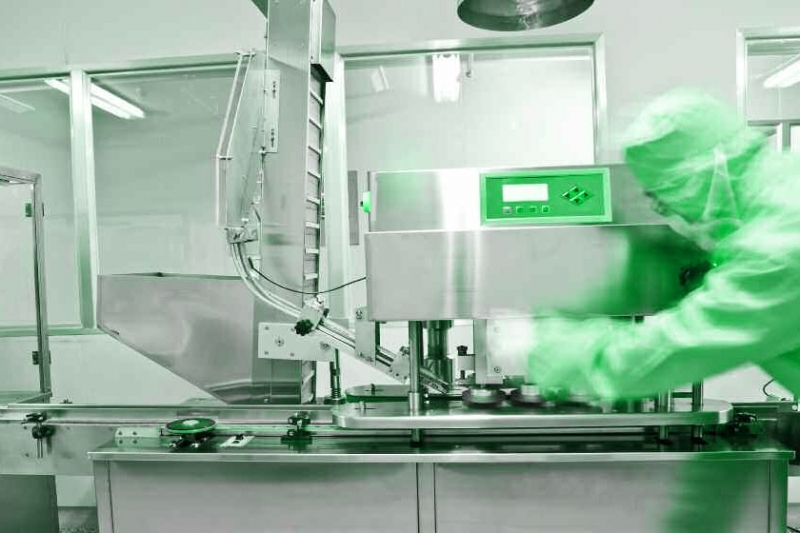The aim of all contamination control activities is to permanently ensure a sufficient level of cleanliness in controlled environments. This is accomplished by maintaining, reducing, or eradicating viable and non-viable contamination for either sanitary purposes or in order to maintain an efficient rate of production.
One of the most common environments that incorporates contamination control into its standards protocol is the cleanroom. There are many preventive procedures in place within a cleanroom environment. They include subjecting cleanroom staff to strict clothing regulations, and there is often a gowning room where the staff can change clothes under sterile conditions so as to prevent any particulates from entering from the outside environment. Certain areas in the cleanroom have more stringent measures than others: packaging areas, corridors, gowning rooms and transfer hatches incorporate strict contamination control measures in order to maintain cleanroom standards.
Contamination control is also an important asset for industrial laboratories in the pharmaceutical and life science sectors. Other places of use include automotive paint shops, entrances to industrial kitchens and food service providers, many manufacturing areas, and electronic component assembly areas.
More recently, effective contamination control has been a concern for laboratories and other sensitive environments as a bio-security crisis management measure. Some banks and insurance companies use contamination control products as part of their disaster management protocols. Preventive measures are devised as preparation for combating potential pandemics or the proliferation of biohazards in any potential terrorist attack.
Beside particulate matter such as ions and molecules, the most common types of contamination are:
- People – Hair, fibre particles from bodies and clothes also poor hygiene
- Environment – Dust particles, contaminated air, work surfaces, gases, movement ceilings, walls and floors
- Materials – Micro organisms on packaging, packaging also creates particles, fibres, dust.
- Equipment – Moving parts shavings drive belts.
- Buildings – Paint flaking, rusty pipe work , poorly maintained surfaces.
- Water – Micro organisms grow in water. equipment not cleaned correctly left in a damp condition, spills not mopped up properly etc.
Many types organisms are potentially detrimental to processes in a critical environment. Seven of the most common contaminants are:
- Aspergillus niger
- Burkholderia cepacia
- Clostridium difficile
- Escherichia coli
- Methicillin resistant Staphylococcus aureus (MRSA)
- Pseudomonas aeruginosa
- Salmonella enteritidis
These and many other damaging contaminants can infiltrate critical areas in a number of ways. Particulates can enter by air, or on the feet of any carrier moving between the external environment and inside the critical area, for example.











